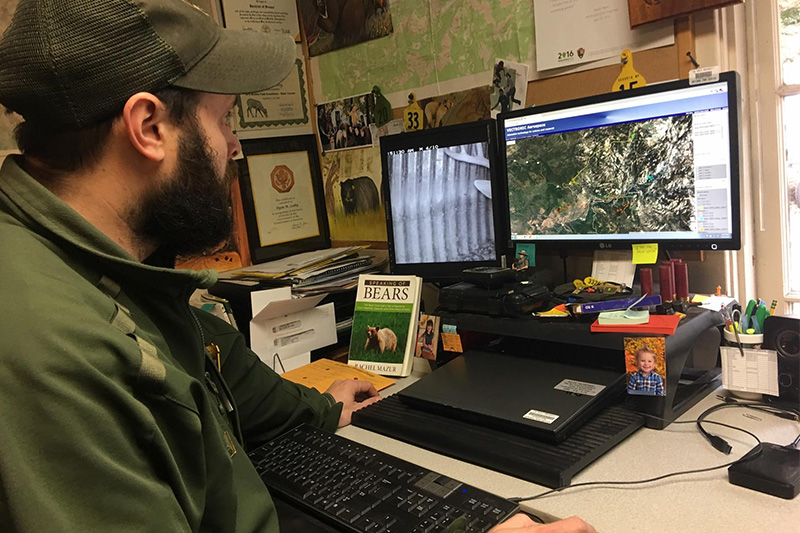Keeping Bears Wild

American black bears found in Yosemite National Park have long been of strong interest to park visitors. Seeing one of the approximately 400 black bears in Yosemite can evoke feelings of excitement, awe, and fear. People love seeing these animals but encounters are not always what everyone wanted.
Rangers expect the visitors to keep a healthy distance. Training them to do this simple thing has not been as easy. Twenty years ago, human-bear encounters in Yosemite were very common. In 1998, there were 1,600 encounters with bears. Bears would open cars or smash windows in search of food. In the past, human interaction with bears often resulted in having to kill the animals.
Of late, the encounters have reduced to fewer than 100 every year. The park rangers have worked to educate the public on storing food properly. The park has also come up with a new way to keep humans and bears safe. They now use technology to track the bears. Bears (that frequent developed areas or those that are suspected of getting into human food in the park) are fitted with GPS collars and can be are tracked online in real time. By using these tracking tools, fewer and fewer bears are killed. If a bear gets too close to people, the team can scare it away, catch it or relocate it.
Tracking data from the past few years has revealed a rather shocking trend: Vehicle-bear collisions are now one of the leading causes of black bear mortality in Yosemite. Dozens of bears are hit by vehicles each year. There is an interactive map-based website in place now that helps the public track the lives of selected bears and see general areas where they’re hit the most. The bears’ locations are purposefully delayed on the site to protect the current location of the bears. On the site, park visitors can also learn about how to be safe if a bear is around.
All this and more is being done in hope of avoiding midnight calls with a dented car and either a dead or wounded bear.

